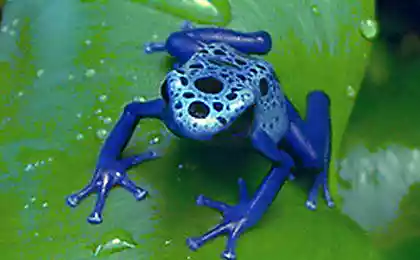1775
The largest spider

people who like spiders in the world is not so much, although in recent years these terrible hairy creation began to enjoy popularity in the West as the home "pets." Yet for the majority of human kind of spider still causes shivers / repulsion / fear, and the like are not very pleasant, with their intensity depends on the size being seen.
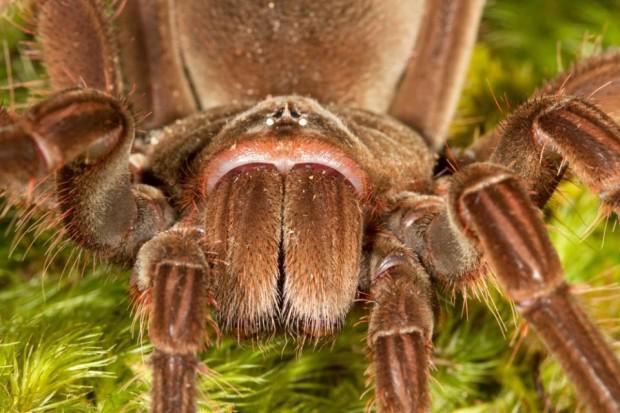
In this article, we will tell you about the biggest representative of the spider - a tarantula. So, meet, Goliath Birdeater - the largest spider in the world!

Perhaps a more familiar name for many will tarantula Goliath or the giant tarantulas, because Goliath Birdeater - name, widespread mainly in the scientific community, but the essence remains the same - under all these names lies the biggest spider in mire.

So, imagine a spider the size of a large plate, with a large body and long thick legs, entirely covered with red-brown hairs ... Imagining such a sight, and even more so - seeing it in reality, in front of him, could not help wonder - how can you make such a " pet "instead of the more familiar, gentle and pleasant to look at and to touch a cat or dog. But recently, the number of such eccentric owners, paukolyubov constantly growing ...
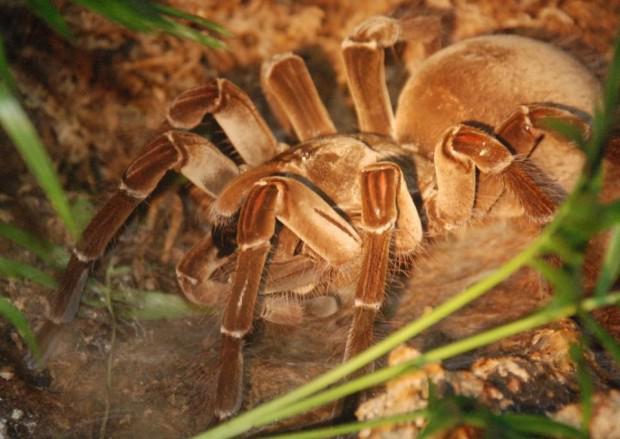
On average, giant tarantulas grow to 25 centimeters (with legs outstretched), the length of the calf is about 10 santimetrov.
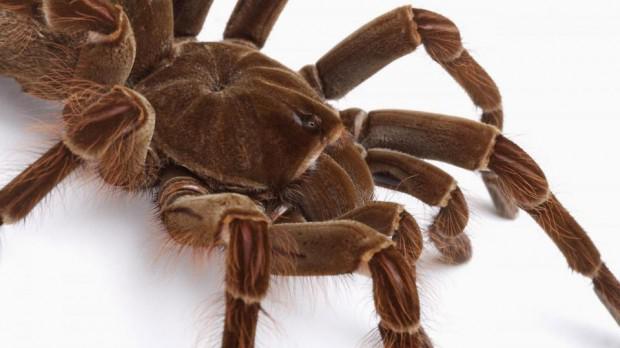
His most large specimen was found in Rio Qawra in Venezuela during a research expedition Pablo San Martin in April 1965. Swipe leg tarantula found Goliath was 28 cm, and weight - about 170 grammov.
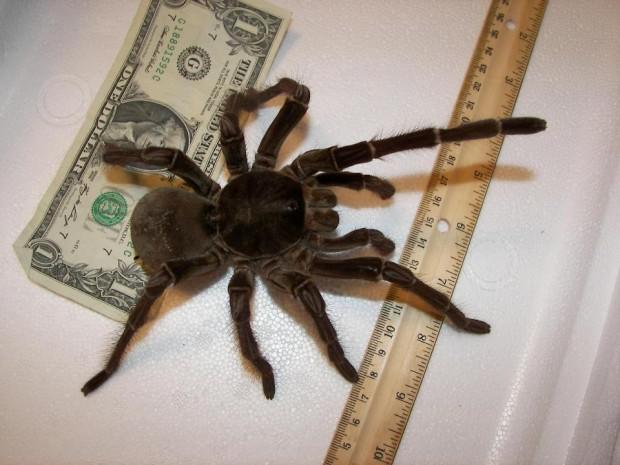
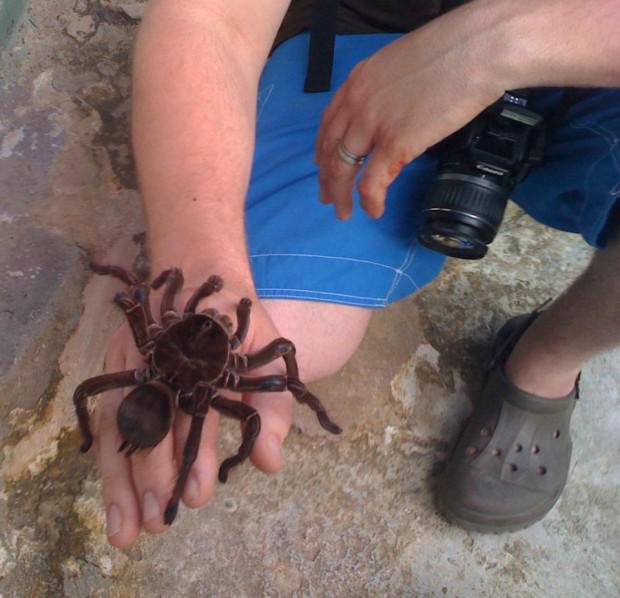
The first kind of Goliath Birdeater was described by the famous French scientist-entomologist Latreylem in 1804. It was also found that in his diet tarantula includes frogs, lizards, mice and even small snakes. The largest spider in the world lives, mainly in the North of Brazil, Guyana, Suriname and Venezuela. His dwelling is a deep hole, the entrance to which is tightly closed with a thick layer pautiny.
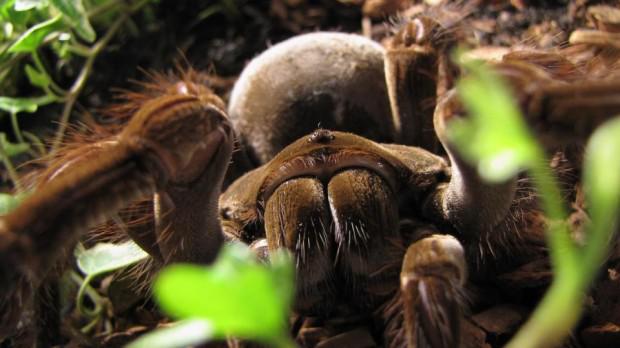

Though the tarantula and Goliath is the largest spider in the world, there is still one kind, surpassing his limbs in scope, but it is much inferior to the size of the body - Heteropoda maxima, whose leg span up to 30 centimeters. The largest specimen was discovered in 2001 in Laos, one of the caves in the province Khammuan.
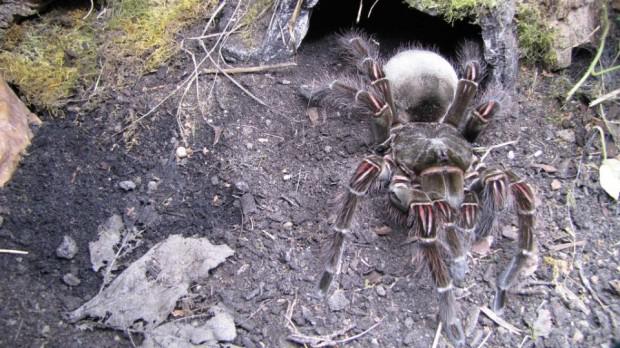
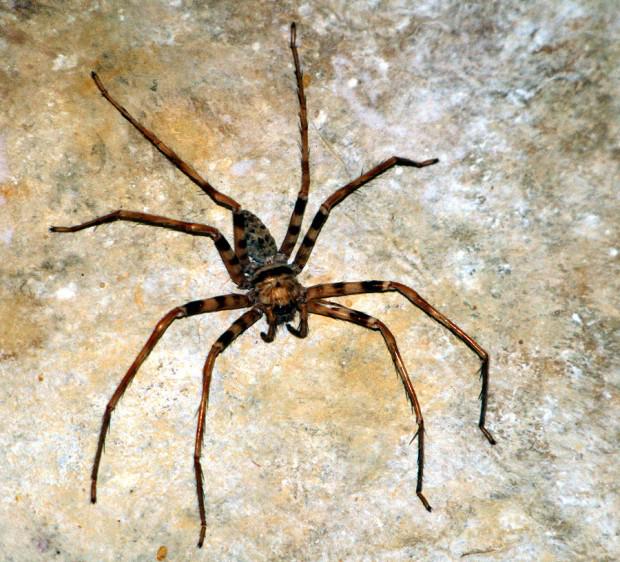
Source: www.lifeglobe.net/entry/4869
